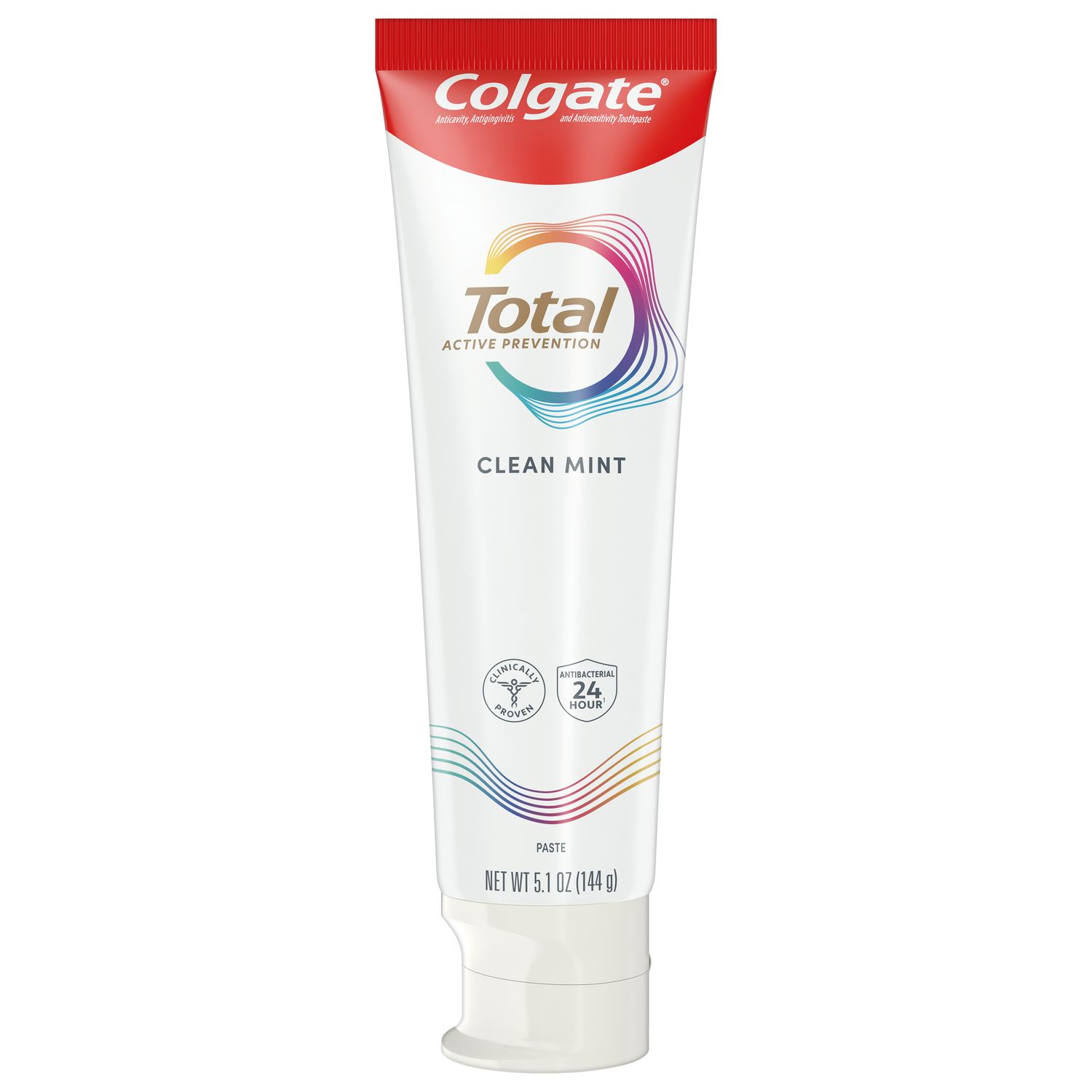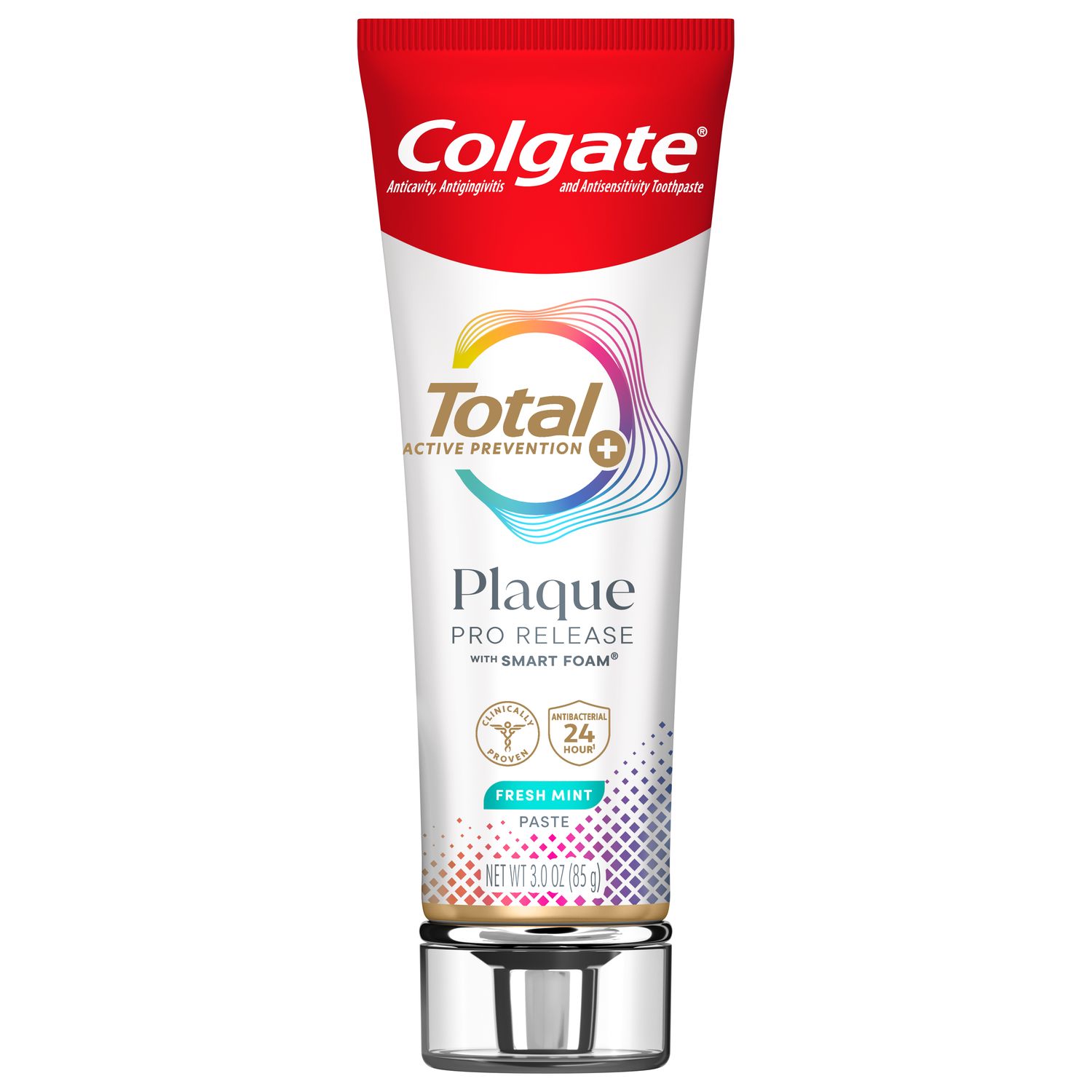
As dental hygienists in one of the world’s most diverse nations, we are likely to encounter patients from a myriad of social, economic, spiritual, ethnic, and linguistic backgrounds. As the diversity of the United States continues to grow, so too does the importance of providing culturally competent health care that meets the individual needs of each and every one of our patients.
Cultural barriers in oral healthcare
Cultural differences manifest in oral health, from diet and behavior, to beliefs and practices, to care-seeking and use of services. The following are just a few examples of ways in which this creates barriers to care:
- Some populations believe that the primary dentition is of little importance and/or that dental caries in children is inevitable. As a result, parents may forgo preventative care or delay seeking treatment for a child until the advanced stages of the disease.
- Among Hispanics and Latinos, tooth loss is viewed as a normal and inevitable part of ageing. Thus, opportunities to preserve and extend the natural lifespan of the teeth can be missed.
- Transgender patients may not feel comfortable disclosing their status to healthcare providers. This could lead the patient to avoid necessary care, or to withhold information about their transition that could be pertinent to their safe treatment.
Cultural differences can also act as barriers to communication between dental practitioners and patients:
- Patients who do not speak English as a first language may not have the vocabulary to adequately convey their symptoms, needs or concerns.
- Patients with low health literacy may struggle to navigate certain aspects of their care, such as insurance paperwork, consent forms or aftercare instructions.
- In some cultures, it is considered inappropriate or rude to ask questions of a medical professional.
In each case, the patient may feel embarrassed, uncomfortable or otherwise unable to ask for clarification around their treatment.
The need for cultural awareness
Cultural barriers such as these result in disparate access to healthcare and poorer health outcomes, particularly in minority and indigenous populations. According to an article in Dimensions of Dental Hygiene:
- Almost 75% of caries in children 6 to 18 years-of-age occurs in one-third of the childhood population, including in minority and low-income groups.
- Sealants are applied in a third fewer African Americans and Mexican Americans than in whites.
- Untreated caries is significantly higher in older adults who are Hispanic and African-American than in whites.
Cultivating cultural awareness leads to cultural competence, an essential step for addressing these disparities and improving health equity across our patient populations. But what exactly does that mean and how can we implement it in our practice?
Cultural competency in practice
Cultural competence can be defined as: "understanding the importance of social and cultural influences on patients' health beliefs and behaviors; considering how these factors interact at multiple levels of the health care delivery system; and devising interventions that take these issues into account to assure quality health care delivery to diverse patient populations.”
There are various ways we can incorporate this in our day-to-day work.
1. Know your demographics.
Get to know the demographics of your practice so that you can tailor your care to your patients’ needs. For example, if you have a large immigrant population, you could make translated forms and oral care guides available to them.
2. Get to know your patients.
Chairside small-talk is an important way of building trust and rapport with your patients. It can also help to subtly clue you in on any health disparities they may face, or any culturally specific beliefs they hold about oral health. However, some providers fear asking questions that might be considered personal, intrusive, or culturally insensitive.
Don’t be afraid to ask your patients to elaborate on their cultural beliefs or practices around oral health, but do be mindful to approach the topic with curiosity rather than judgement. Provided it's relevant to their care and you ask with respect and a genuine desire to learn, many will be willing to have an open dialogue with you.
3. Understand non-verbal communication.
Non-verbal communication varies widely between cultures, so physical gestures can mean very different things depending on the patient’s background. For example:
- In some Asian cultures, a lack of eye contact infers respect, rather than disinterest
- South Asians often shake their head to signify agreement, not disagreement
- Some Eastern European cultures consider excessive smiling to be insincere, rather than polite
- Some religious groups, including Orthodox Jews and some Muslims, prohibit physical contact with the opposite sex, so gestures like a handshake or reassuring touch of the arm should be avoided.
Being aware of differences such as these can help you to avoid miscommunication with your patient in both directions.
4. Look for signs of low health literacy.
In order to provide ethical, equitable and effective treatment, we must ensure all patients can understand and act upon our advice. Patients may not always be forthcoming about difficulties, so look out for signs that may be related to low health literacy:
- Persistent non-compliance with treatment or advice
- Taking medications incorrectly
- Appearing to agree without engaging in dialogue
- Taking a long time to read documentation
- Looking to companions for clarification or approval
- Asking companions to read documents for them
5. Use the teach-back method.
The proven teach-back method involves asking the patient to relay information back to you so that you can confirm they understand. You can then fill in any gaps and clarify misinterpretations, repeating the process until the patient fully understands. Finally, you can offer the patient a written account of the clarified information to take away.
This technique can be used any time you relay oral health or hygiene guidance to a patient, but it is particularly effective when communicating with individuals with a low level of health literacy or limited English language comprehension.
6. Use the LEARN method.
The LEARN method is a valuable patient communication tool for promoting understanding, building trust, and improving compliance.
- L = Listen to the problem from the patient’s perspective and encourage them to tell you their goals for treatment. Take care not to dismiss or invalidate their experience.
- E = Explain potential treatments and provide the patient with options.
- A = Acknowledge advantages, drawbacks, risks and concerns, and ensure the patient understands (can be paired effectively with the teach-back method).
- R = Recommend the best options in your professional opinion, but allow the patient to…
- N = Negotiate and decide on an effective treatment plan that meets their needs. When this model is followed, the patient is much more likely to feel heard, respected and involved in their treatment plan. That means patient-provider trust, compliance, and better oral health outcomes.
7. Use appropriate and inclusive language.
Create an inclusive and welcoming environment by using appropriate cultural verbiage, both in conversation and in documentation like health histories. This includes:
- Using accepted racial and ethnic categories as defined by the National Institutes of Health.
- Using a non-binary individual’s desired pronouns.
- Giving transgender patients the opportunity to distinguish between the sex assigned to them at birth and their present gender identity.
8. Actively avoid microaggressions.
Microaggressions are small but demeaning actions based on an aspect of a person’s identity. Examples include:
- Implying that a female patient is overreacting or “being emotional”.
- Assuming that a patient does (or does not do) a particular thing because of their race.
- Assuming that a patient with little formal education does not understand you.
Microaggressions are often unintentional. However, they should be actively avoided as they erode dental practitioner-patient trust, damage communication, and make patients less likely to seek care when needed.
9. Proactively build relationships.
Microaggressions usually arise from stereotypes, which are often reinforced by a lack of contact with the culture or community in question. We can address this in practice by making a proactive effort to learn about, engage and build relationships with the various groups we serve.
Community health outreach is a particularly effective way of achieving this. In one successful initiative, Hispanic caregivers at an early years program were trained to deliver workshops in prenatal and children’s oral health. The intervention was found to improve knowledge, attitudes and beliefs about oral health and care in the community, with the long-term goal of reducing childhood caries.
Join us
Get resources, products and helpful information to give your patients a healthier future.
Join us
Get resources, products and helpful information to give your patients a healthier future.













